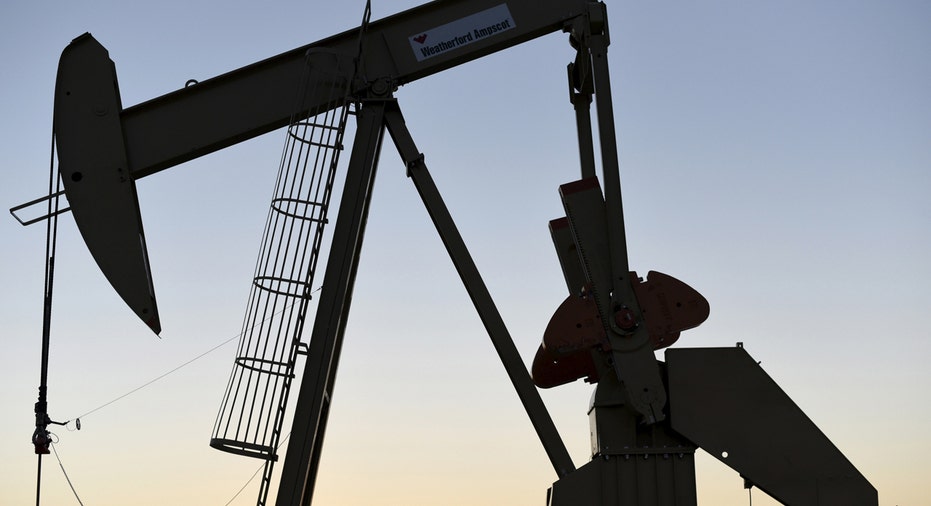Oil Rises on Heightened Syria Risks

Oil climbed to around $49 a barrel on Thursday as an emerging risk premium over the situation in Syria countered further signs of an economic slowdown in Asia and rising U.S. inventories.
Russia launched air strikes in Syria on Wednesday in its biggest Middle East intervention in decades. The attacks raised the specter of Washington and Moscow running air strikes in the same region, but without coordination.
Brent crude was up 52 cents at $48.89 a barrel at 1233 GMT after earlier reaching $49.47, its highest since Sept. 23. U.S. crude rose 75 cents to $45.84.
"Russia's military intervention in the Syrian conflict has increased the geopolitical risks, which is giving tailwind to the prices," Carsten Fritsch, analyst at Commerzbank, said.
There was also support for prices from Hurricane Joaquin, which is approaching the Bahamas, although forecasts were inconclusive as to whether it would hit the United States.
Joaquin is "a strong weekend risk" for the market, said Olivier Jakob, analyst at Petromatrix. Traders watch Atlantic hurricanes because they can lead to precautionary shutdowns of Gulf of Mexico oil and gas platforms or, in exceptional cases, damage energy infrastructure.
Signs of economic slowdown in Asia and brimming U.S. oil stocks limited the rally, however. Surveys on Thursday showed activity in China's factories shrank and manufacturers' confidence worsened in Japan.
"Given the international tension, the oil market did remarkably well not to rally several dollars yesterday," oil broker PVM said in a report. "Perhaps it was the U.S. oil inventory data which capped gains."
U.S. crude inventories rose 4 million barrels to 457.9 million in the week to Sept. 25, more than expected, a government report said on Wednesday.
The price of brent has almost halved in the past year because of excess supply and a 2014 shift by the Organization of the Petroleum Exporting Countries to defend market share against higher-cost supplies, rather than cut output to prop up prices.
There are signs that OPEC's strategy to curb growth in higher-cost production such as U.S. shale is starting to deliver, analysts say.
U.S. crude output rose 94,000 barrels a day in July to 9.358 million bpd, U.S. data showed on Wednesday, as higher Gulf of Mexico output offset a decline in key shale-producing states.
Analysts at Energy Aspects noted that the rate of growth year-on-year had slowed, and expect U.S. output to fall to 8.8 million bpd by year-end as low prices slow activity. (Additional reporting by Henning Gloystein; editing by Susan Thomas and David Clarke)



















